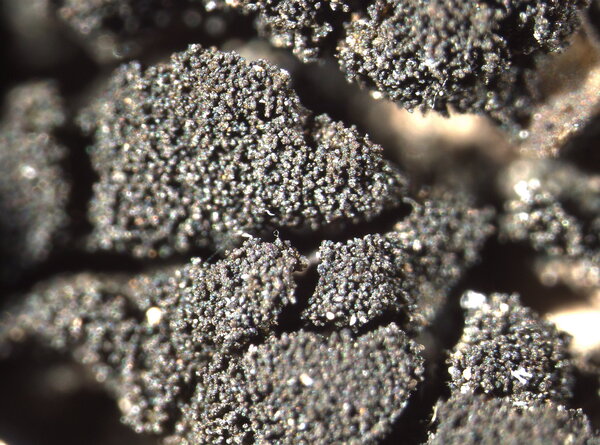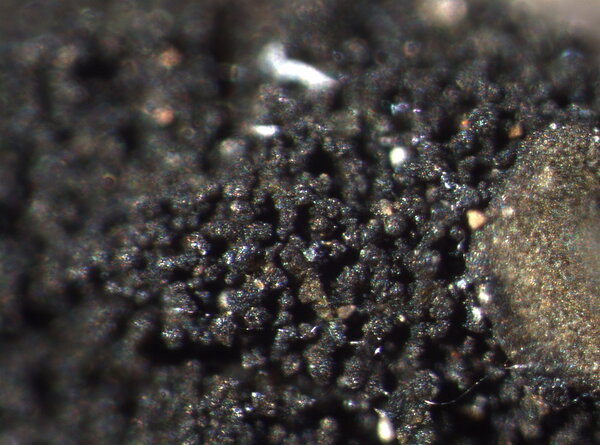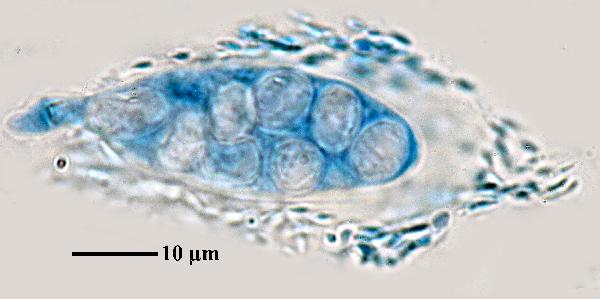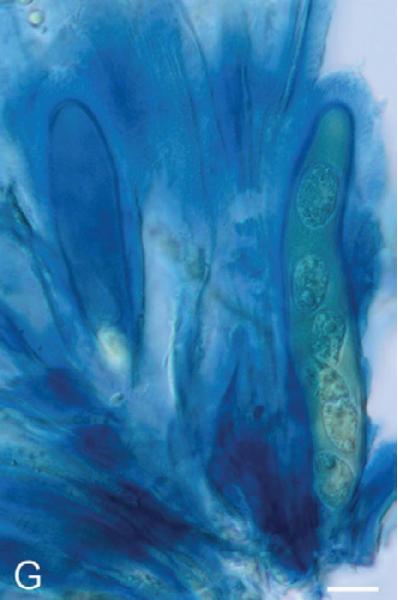Cladopsis triptococca (Nyl.) Nyl.
in Hue, Rev. Bot., 4: 347, 1886. Basionym: Pyrenopsis triptococca Nyl. - Flora, 70: 129, 1881.
Synonyms:
Distribution: C - Tosc, Laz, Sar (TSB 11728). S - Cal (Puntillo 1996), Si (Ottonello & al. 2011).
Description: Thallus crustose, episubstratic, slightly gelatinous when wet, dark reddish brown to brownish black, granulose, the granules aggregated into irregular, 0.15-0.75 mm wide, smooth to verruculose, flat to slightly convex areoles separated by thin fissures, the central ones often subcoralloid, the peripheral ones sometimes slightly elongated and radiating. Thallus anatomy homoiomerous and paraplectenchymatous throughout, with a network of 2-3 µm thick hyphae enclosing the photobiont cells. Apothecia pycnoascocarps (with ascogones formed beneath pycnidia), immersed, 0.2-0.45 µm across, at first almost perithecioid with a pore-like disc, then with a slightly expanded, black, concave disc and a thin, granulose thalline margin. Proper exciple cupuliform, prosoplectenchymatous, 7-10 µm wide; epithecium yellowish brown to orange-brown, 5-12 µm high; hymenium colourless, 90-120 µm high, I+ blue turning red-brown, K/I+ blue; paraphyses simple or sparingly branched and anastomosing in upper part, more or less constricted at septa, 2-3 µm thick, the apical cells capitate; subhymenium colourless, 30-60 µm high, thicker in central part. Asci 8-spored, subcylindrical to subclavate, prototunicate, thin-walled, with a distinct amyloid outer cap but no apical dome, Peccania-type. Ascospores 1-celled, hyaline, broadly ellipsoid to subglobose, 9-13(-15) x 7-9 µm. Pycnidia immersed, globose, with simple conidiophores. Conidia ellipsoid, c. 3 x 1 µm, produced terminally. Photobiont cyanobacterial, chroococcoid, the cells single, measuring 7-11 x 4-7 µm, surrounded by reddish-violet (at the periphery) to colourless (in inner parts) gelatinous sheaths. Spot tests: all negative. Chemistry: without lichen substances.
Note: on basic siliceous rocks, especially basalt, in sunny seepage tracks.
Growth form: Crustose
Substrata: rocks
Photobiont: cyanobacteria, coccaceous (e.g. Gloeocapsa)
Reproductive strategy: mainly sexual
On otherwise dry surfaces with short periods of water seepage after rain
Commonnes-rarity: (info)
Alpine belt: absent
Subalpine belt: absent
Oromediterranean belt: absent
Montane belt: extremely rare
Submediterranean belt: extremely rare
Padanian area: absent
Humid submediterranean belt: absent
Humid mediterranean belt: rare
Dry mediterranean belt: rare
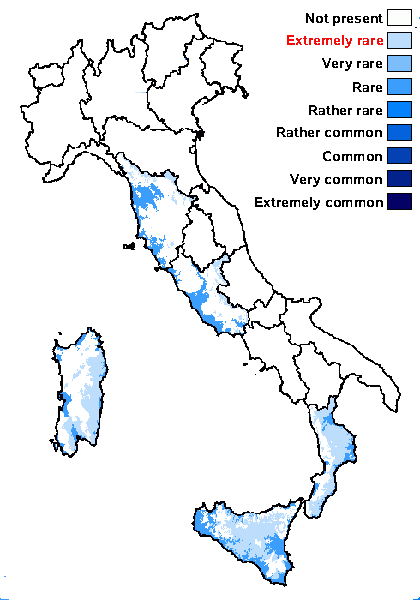
Predictive model
Herbarium samples

Source: Prieto M., Wedin M., Schultz M. 2024. Phylogeny, evolution and a re-classification of the Lichinomycetes. Studies in Mycology, 109: 595-655. - CC BY-NC-ND
Cladopsis triptococca, thallus areoles granulose, apothecia with thick thalline margin and concave discs (Marques 928). Scale bar: 1 mm.
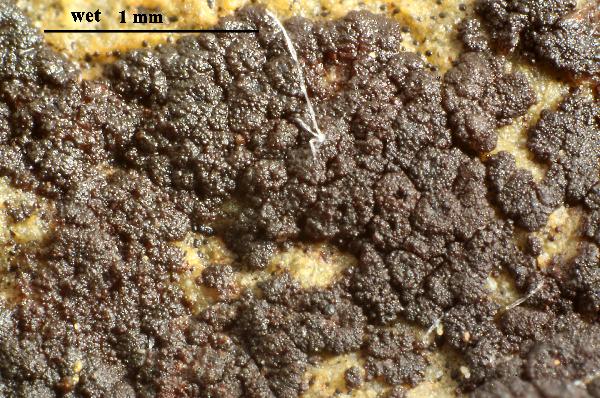

Felix Schumm - CC BY-SA 4.0
[ABLsn], South Africa, Western Cape prov., Bontebok National Park
near Swellendam, 170 km E of Kapstad, on rock along river. Leg. C.M.
van Herk (s.n.), 5.10.1997, det. M. Schulz, 2005.
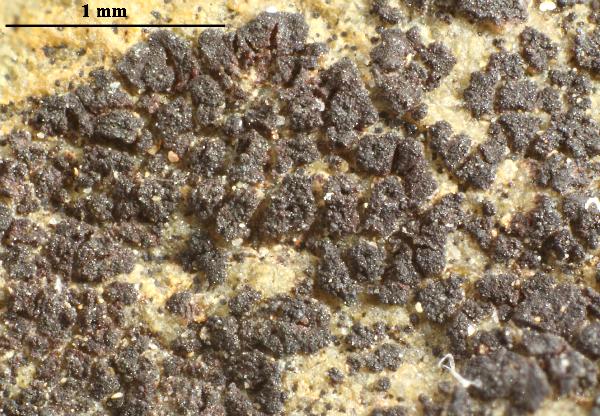

Felix Schumm - CC BY-SA 4.0
[ABLsn], South Africa, Western Cape prov., Bontebok National Park
near Swellendam, 170 km E of Kapstad, on rock along river. Leg. C.M.
van Herk (s.n.), 5.10.1997, det. M. Schulz, 2005.
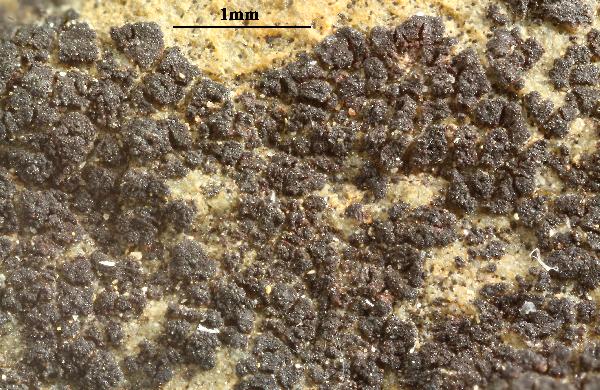

Felix Schumm - CC BY-SA 4.0
[ABLsn], South Africa, Western Cape prov., Bontebok National Park
near Swellendam, 170 km E of Kapstad, on rock along river. Leg. C.M.
van Herk (s.n.), 5.10.1997, det. M. Schulz, 2005.
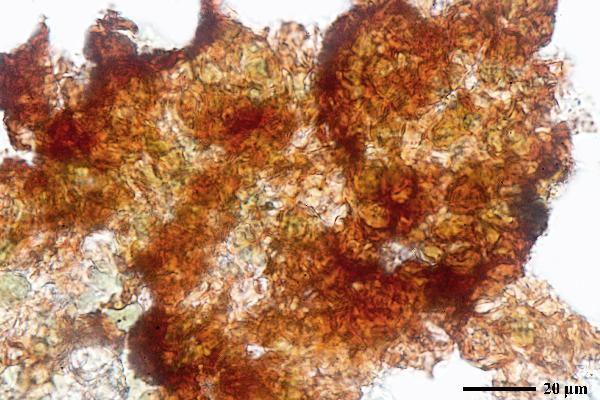

Felix Schumm - CC BY-SA 4.0
[ABLsn], South Africa, Western Cape prov., Bontebok National Park
near Swellendam, 170 km E of Kapstad, on rock along river. Leg. C.M.
van Herk (s.n.), 5.10.1997, det. M. Schulz, 2005.
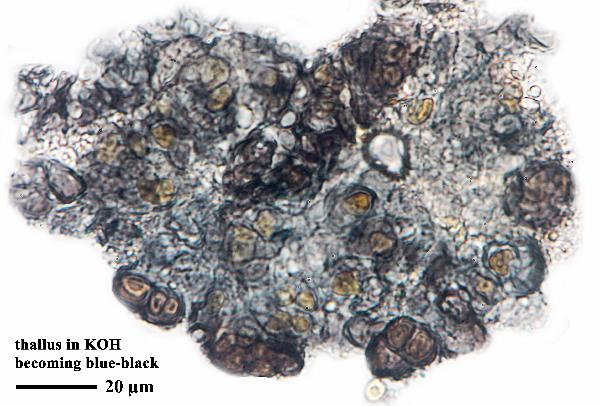

Felix Schumm - CC BY-SA 4.0
[ABLsn], South Africa, Western Cape prov., Bontebok National Park
near Swellendam, 170 km E of Kapstad, on rock along river. Leg. C.M.
van Herk (s.n.), 5.10.1997, det. M. Schulz, 2005.
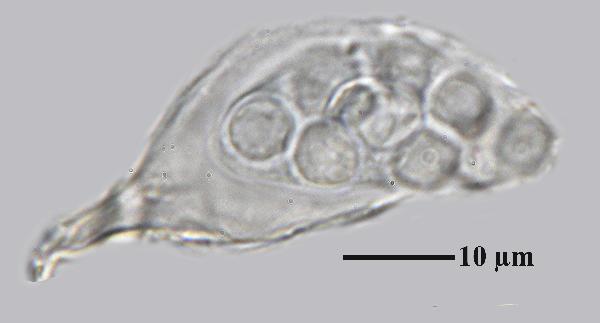

Felix Schumm - CC BY-SA 4.0
[ABLsn], South Africa, Western Cape prov., Bontebok National Park
near Swellendam, 170 km E of Kapstad, on rock along river. Leg. C.M.
van Herk (s.n.), 5.10.1997, det. M. Schulz, 2005.


Felix Schumm - CC BY-SA 4.0
[ABLsn], South Africa, Western Cape prov., Bontebok National Park
near Swellendam, 170 km E of Kapstad, on rock along river. Leg. C.M.
van Herk (s.n.), 5.10.1997, det. M. Schulz, 2005.
Growth form: Crustose
Substrata: rocks
Photobiont: cyanobacteria, coccaceous (e.g. Gloeocapsa)
Reproductive strategy: mainly sexual
On otherwise dry surfaces with short periods of water seepage after rain
Commonnes-rarity: (info)
Alpine belt: absent
Subalpine belt: absent
Oromediterranean belt: absent
Montane belt: extremely rare
Submediterranean belt: extremely rare
Padanian area: absent
Humid submediterranean belt: absent
Humid mediterranean belt: rare
Dry mediterranean belt: rare

Predictive model
| Herbarium samples |

Source: Prieto M., Wedin M., Schultz M. 2024. Phylogeny, evolution and a re-classification of the Lichinomycetes. Studies in Mycology, 109: 595-655. - CC BY-NC-ND
Cladopsis triptococca, thallus areoles granulose, apothecia with thick thalline margin and concave discs (Marques 928). Scale bar: 1 mm.


Felix Schumm - CC BY-SA 4.0
[ABLsn], South Africa, Western Cape prov., Bontebok National Park near Swellendam, 170 km E of Kapstad, on rock along river. Leg. C.M. van Herk (s.n.), 5.10.1997, det. M. Schulz, 2005.


Felix Schumm - CC BY-SA 4.0
[ABLsn], South Africa, Western Cape prov., Bontebok National Park near Swellendam, 170 km E of Kapstad, on rock along river. Leg. C.M. van Herk (s.n.), 5.10.1997, det. M. Schulz, 2005.


Felix Schumm - CC BY-SA 4.0
[ABLsn], South Africa, Western Cape prov., Bontebok National Park near Swellendam, 170 km E of Kapstad, on rock along river. Leg. C.M. van Herk (s.n.), 5.10.1997, det. M. Schulz, 2005.


Felix Schumm - CC BY-SA 4.0
[ABLsn], South Africa, Western Cape prov., Bontebok National Park near Swellendam, 170 km E of Kapstad, on rock along river. Leg. C.M. van Herk (s.n.), 5.10.1997, det. M. Schulz, 2005.


Felix Schumm - CC BY-SA 4.0
[ABLsn], South Africa, Western Cape prov., Bontebok National Park near Swellendam, 170 km E of Kapstad, on rock along river. Leg. C.M. van Herk (s.n.), 5.10.1997, det. M. Schulz, 2005.


Felix Schumm - CC BY-SA 4.0
[ABLsn], South Africa, Western Cape prov., Bontebok National Park near Swellendam, 170 km E of Kapstad, on rock along river. Leg. C.M. van Herk (s.n.), 5.10.1997, det. M. Schulz, 2005.


